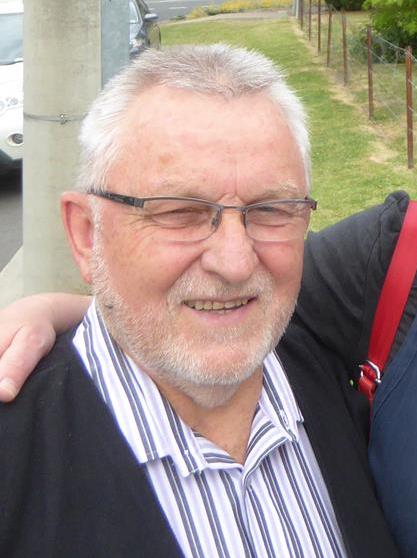Located near Rushworth, Victoria.
From sign at entrance:
“There are approximately 400 graves recorded at the Cemetery but not all graves are marked. Tombstones tell of the people’s mining accidents, illness, infant mortality and the harsh living conditions.
Just inside the gate, to the right, was the Chinese section. The 1863 Census indicates that out of the 702 residents at Whroo, about fifteen percent were Chinese. Some like Ah Chow, Ah Wee and Lo Dong were storekeepers while others were market gardeners or miners.
Chinese market gardens existed at Moora, Rushworth and Long Gully, Whroo. They battled on unfavourable soil, native animals, a water shortage and a harsh climate for their market gardens to survive.
The Chinese left their mark in the area with graves in the Whroo cemetery, the Cheong Dam and house sire found down Cheong Road as well as round mine shafts at the Phoenix Reef, Chinamans Hill and Cockatoo mines.
Amongst the peoples surnames at Whroo, the countries represented during the gold rush era were England (Lewis), France (Bartholomi), Spain (Manuel), New Zealand (Murray, Clunry, Rush and Bregan), Ireland (Ryan, Sullivan, Scurry and O’Brian), Scotland, China (Cheong), Prussia (Schleswig), Austria (Holstein), Denmark, just to name a few. Many of these nationalities can be found within this cemetery.”
Monday, 15 February 2010
Subscribe to:
Post Comments (Atom)









That's interesting. How do you pronounce the town's name though? Is it 'roo'?
ReplyDeleteSydney - City and Suburbs
Old cemeteries are always touching ... so many infants lost, so many young men and women to early deaths ... and a surprising number of long lived people as well.
ReplyDeleteYeah,I adore this sort of thing. It can start me off on one of my beloved research goose-chases. I am such a cemetery tragic. All started from a trip along the Great Ocean Road in 1972 where I was confronted by all the cemeteries to the shipwrecks. Such a wealth of history, and all about the hoi- poloi.
ReplyDeleteJim, to be honest, I'm not sure how it's pronounced. I just assumed the 'Wh' was sounded, but maybe it is silent.
ReplyDeleteJoan Elizabeth and Julie, like you, old cemeteries fascinate me. In another hundred years, what will have become of them? With cremations you lose that history.
pronounced roo ...... from the aboriginal name for waterhole, which is located to the east of the cemetery up a hill
DeleteI have been studying this cemetery for over 20 years so that it does not be lost.
Deletewww.whroocemeteryinterments.weebly.com
Many thanks for taking the time to post this information, Nicola.
DeleteI am very grateful to all those who have helped to preserve the burial records of the cemetery at Whroo. Discovering the headstone to Ellen Sammon who died at the tender age of 23 has led me to identify a Sammon diaspora to Otago New Zealand and also to her parents William and Anne Sammon, who lived in Middleline North townland in what in the 19th century was County Galway Ireland but since 1898 has been incorporated into the neighbouring County Clare. It has opened up a whole new chapter in the story of the Sammon family, which I have been tracing. But I wonder still what made her choose to go to Victoria aged 18 (rather than join her older brother Michael in NZ) and why did she end her days in Whroo.
ReplyDeleteHi Peter - It's great that the Whroo Cemetery was able to provide some of the missing links in your family. I hope your search uncovers more of the answers you are looking for.
Delete